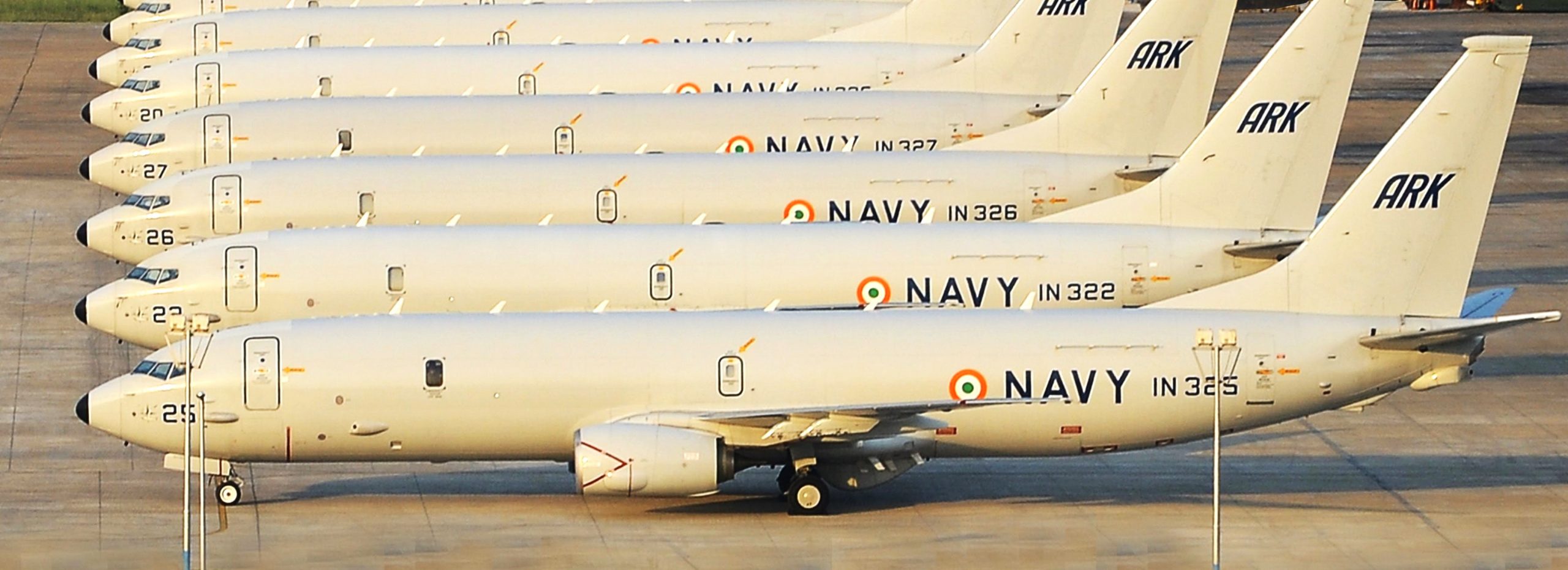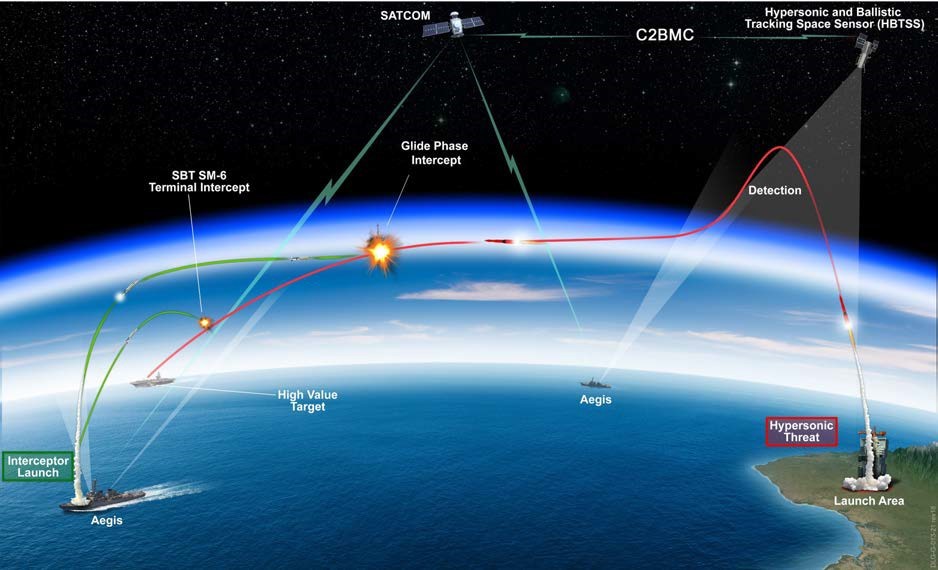
WEAPONISING SPACE: IS INDIA IN THE RACE?

India conducted an Anti-Satellite (ASAT) weapon test on March 27, 2019, as part of Mission Shakti. After the US, Russia, and China, India became the fourth state in the world to achieve such capabilities four years ago. Mission Shakti is the name given to this ASAT test by the Indian government. On January 24, 2019, a few weeks before the test, the target satellite was launched by Defence Research and Development Organisation (DRDO), into a sun-synchronous orbit at a purposefully low altitude of 283 kilometers. Subsequently, DRDO had converted its Prithvi Defense Vehicle (PDV) Mark-II missile defense interceptor into an ASAT weapon, making it the third nation to show that it is capable of a direct-ascent kinetic kill. Although the ballistic missile defense program had been under development since 2006, the recent regional and global dynamics seem to have catalyzed Mission Shakti. The mission’s objectives, impact, utility, and potential next steps are now the inevitable questions that revolve around weaponization of space and India’s intent to develop a space deterrence mechanism at this point.
Context and Concept
Space has historically been a domain of superpowers, a legacy of the Cold War’s bipolar power dynamics. However, in the twenty-first century, space activities now reflect ongoing changes in the balance of power on the planet (particularly the rise of China and India), and concepts and institutions that govern space are coming under enhanced criticism. Satellites in outer space are capable of a variety of tasks that have an impact on strategic decisions, including surveillance, reconnaissance, communication, navigation and targeting. The use of weapons in space represents a significant transformation from the peaceful use as defined by existing international law on weapons in outer space. The principal international treaty on space is the 1967 Outer Space Treaty. India is a signatory to this treaty and ratified it in 1982. The treaty forbids countries from deploying “nuclear weapons or any other kinds of weapons of mass destruction” Nuclear, Biological and Chemical (NBC) weapons, in outer space. The treaty, however, does not prohibit the launching of ballistic missiles through space. The treaty repeatedly emphasizes that space is to be used for peaceful purposes, leading some analysts to conclude that the treaty could broadly be interpreted as prohibiting all types of weapons systems, not just WMD, in outer space.
The last decade witnessed a direct-ascent kinetic kill ASAT test conducted by China in 2007 and in response to it, the United States conducted a similar exercise in 2008. However, Russia, in addition to the legacy of its Soviet-era ASAT program and several successful test launches of the dual-purpose Nudol anti-ballistic missile—which serves in an anti-satellite role—has not performed any actual kinetic kill ASAT tests. Significantly, despite their substantial capabilities, unlike China, the United States and Russia do not pose a direct security threat to India. Another significant point to note is that while the Indian demonstration appears to have produced about 400 fragments (of which about 270 are being tracked), which will degrade in weeks or possibly a few months, the Chinese ASAT test in 2007, which occurred at an altitude of 865 kilometers and left behind a debris field of about 3,000 objects that will linger in space for decades.
China: The Real Threat in Space
Political, territorial, and strategic hostilities between China and India have persisted since the Sino-Indian border conflict in 1962 and have now become even more intense in the last decade, with China continuously displaying its belligerence not only in Leh and Arunachal sector but also in the Indian Ocean Region (IOR). The incursion attempts in Galwan, Depsang and Chumar are few to name in Leh sector and a Chinese spy ship in IOR, harbouring at Hambantota are a few pertinent examples of such covert Chinese attempts in the last few years. This trend has a new dimension, thanks to the rise of China and India in the world’s hierarchy of states.
The Indian space program is crucial to providing satellite-based services, such as telemedicine, banking, resource mapping, and marine fishing. India is home to the largest fleet of civilian communication satellites in the Asia Pacific region as well as the largest fleet of civilian remote-sensing satellites. By facilitating satellite communication and imagery, a few satellites also give decision-makers and security forces crucial strategic leverage. These satellites are primarily used in the IOR and along the Indo-Pakistan and Indo-China border. The extensive Indian satellite fleet, which had been a crucial component of the national infrastructure, became extremely vulnerable overnight because of the Chinese ASAT test in 2007. Therefore, it was imperative for India to develop and demonstrate the ASAT capability in order to “re-balance” the India-China strategic balance, much like how we developed nuclear weapon capability to primarily deter China.
Effectiveness of Indian ASAT Deterrence
There can be no doubt that the Indian ASAT test was successful in achieving its political and strategic objectives to a large extent of signaling the capability, capacity, and intent. The bigger question is whether the Mission Shakti intercept will be sufficient to counteract China’s growing threat to the Indian space program, regardless of the level of deterrence that was communicated by its success. There are no clear answers, however, it is very evident that India has a long way to go in creating a formidable and effective deterrence through combination of its Ballistic Missile Defence (BMD) programme, AST capability, Cyber offensive/ defensive capability and Hypersonics weapon capabilities. Every Indian space platform would need to be carefully compared to actual Chinese counterspace systems to determine their locations, capabilities, effectiveness, and the best offensive use. This analysis would also need to take into account the number of operational systems, their orbital paths and operating altitudes, their technical characteristics, their design hardness and resiliency to attack, and the nature of their links to ground control nodes and to wider national security.
Challenges for India
The Indian policymakers accept face three unavoidable realities in carving out the future path for ensuring space security of Indian’s assets in space. First of course is the China’s counterspace capabilities that are extensive, extremely diverse, and cover the entire intersection of lethality and reversibility. They include the ability to launch complex cyberattacks against ground stations with the goal of tampering with or taking over control of the telemetry, tracking, and command systems used to operate various spacecraft in orbit. The development of radio frequency jammers with ground, air, and space-based platforms that specifically target the uplinks, downlinks, and crosslinks used in the transmission of data resulting from various activities involving space systems also entails significant investments. Also, the Co-orbital “service” satellites being developed by China are designed to to alter trajectory or physically harm the target satellite through mechanical interference, such as robotic arms, rendering the spacecraft useless to its owners. The most vulnerable spacecraft to these co-orbital dangers would be India’s earth observation, electronic intelligence gathering, and scientific research satellites.
Second, even though they are at different stages of development, the evolving Chinese counterspace threats are far from theoretical or long-term; rather, some of them already pose a clear and present danger to India. There is no doubt that Beijing will continue to develop these capabilities relentlessly because its main adversary is still the United States, which is much more powerful than India. This makes the Chinese counterspace threat formidable from an Indian perspective. As a result, New Delhi is in a very difficult situation because it must deal with the increasingly sophisticated Chinese counterspace threat, which, despite being primarily directed at the United States, still poses a threat to India, and demands its attention despite India’s overall resource and technological limitations.
Third, it is extremely difficult for India to effectively deter Chinese space denial activities due to the asymmetry between Chinese and Indian counterspace capabilities—the former has a wider variety of lethal and nonlethal counterspace weapons. This unsettling fact seems to have gone largely unnoticed in the enthusiastic Indian narrative of its successful ASAT test. It becomes clear that India’s kinetic ASAT system has significant but constrained value: it can prevent kinetic attacks on India’s space systems, but this is the least likely scenario given Beijing’s significant investment in stifling India’s (and others’) space systems through less destructive but still effective alternative instruments.
Where do we go from here?
The key to an effective deterrence to ASAT capability of China and projecting power in space is the capacity to secure satellites in orbit and prevent adversaries from doing the same through ASAT. India realises that Research and Development (R&D) on Directed Energy Weapons (DEW) including lasers and particle accelerators for ASAT purposes is critical, and needs to pursue these for making its deterrence effective against China. Significantly, there are numerous ways in which the use of space is fundamental to modern military operations. The ongoing Revolution in Military Affairs (RMA) has prioritized Network-Centric Warfare (NCW), which calls for coordination between troops, weapons, commanders, and support systems at all levels. This is primarily accomplished through satellite communications and satellite navigation. Thus, having an ASAT capability is an inescapable requirement for India to protect its space assets while also denying China the access to similar resources.
The technological capability to secure the nation’s fleet of satellites, which are used for both military and civilian purposes, as well as the diplomatic capacity to actively shape the international governance of space with like-minded partners, are national imperatives for India. Expanding offensive space capabilities are therefore essential to maintaining this momentum, along with consistent global and national policies. The next step for India therefore should be to build on the successes of this exercise by displaying a firm political commitment and forging a broad national consensus regarding India’s role in space in the future. India, needs to make its space architecture more resilient overall, develop the ability to rebuild space capabilities in the event of a successful Chinese attack, and plan defensive operations to hinder hostile Chinese operations against India’s space systems. Therefore, while India needs to continue building its space deterrence capability to ensure protection of its space assets and sovereignty, it needs to carefully avoid any steps that may lead to escalation or race for ASAT weapons amongst other nations.
Disclaimer
The opinions expressed in this article are the author’s own and do not reflect the views of Chanakya Forum. All information provided in this article including timeliness, completeness, accuracy, suitability or validity of information referenced therein, is the sole responsibility of the author. www.chanakyaforum.com does not assume any responsibility for the same.
Chanakya Forum is now on . Click here to join our channel (@ChanakyaForum) and stay updated with the latest headlines and articles.
Important
We work round the clock to bring you the finest articles and updates from around the world. There is a team that works tirelessly to ensure that you have a seamless reading experience. But all this costs money. Please support us so that we keep doing what we do best. Happy Reading
Support Us





















POST COMMENTS (0)